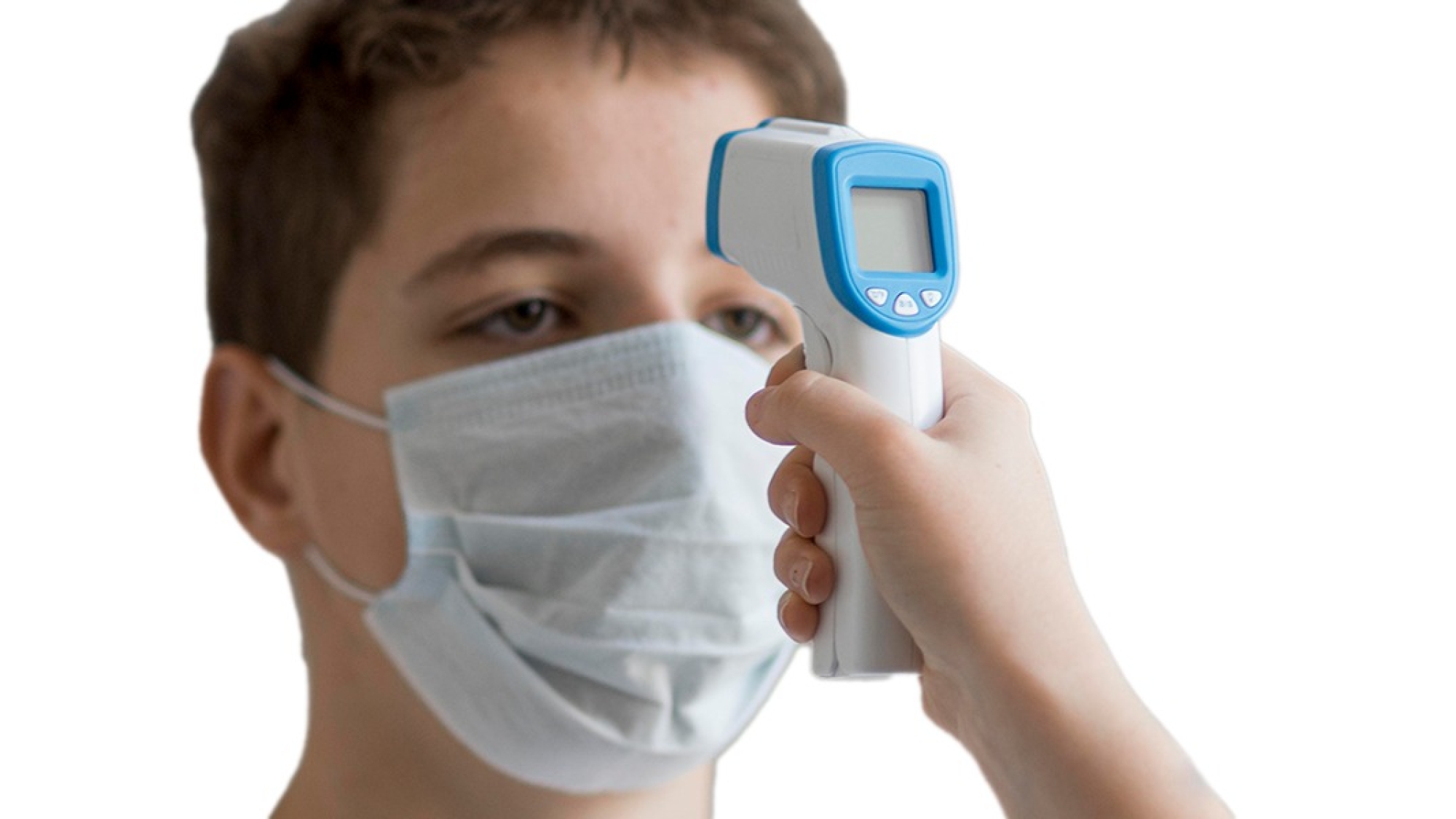A fever is a symptom of an underlying condition, such as an infection or inflammation, in which the body temperature rises above its normal range (usually considered to be around 98.6°F or 37°C). Fevers can be caused by a variety of conditions, including viral and bacterial infections, injuries, and certain medical conditions. Symptoms of a fever may include a warm or flushed feeling, sweating, chills, and a rapid heartbeat. In most cases, a fever is not harmful and can be treated with over-the-counter medications, such as acetaminophen or ibuprofen, and home remedies, such as drinking plenty of fluids and getting rest. However, in some cases, a fever may be a sign of a more serious condition and should be evaluated by a healthcare provider.
Types of Fever
There are several different types of fevers, which can be classified based on their cause, duration, and other characteristics. Some common types of fevers include:
Acute fever: This type of fever is usually caused by a viral or bacterial infection and lasts for a short period of time, typically a few days.
Intermittent fever: This type of fever is characterized by episodes of fever that come and go, often caused by conditions such as tuberculosis or brucellosis.
Remittent fever: This type of fever is characterized by a high fever that fluctuates but never completely resolves, often caused by conditions such as malaria or typhoid fever.
Continuous fever: This type of fever is characterized by a fever that is consistently high and lasts for a prolonged period of time, often caused by conditions such as lupus or rheumatoid arthritis.
Hyperpyrexia: This type of fever is characterized by a very high fever, usually above 104°F, which can be caused by conditions such as heatstroke or meningitis.
Subfebrility: This type of fever is characterized by a low-grade fever, usually between 99-101F, which can be caused by chronic infection or conditions such as cancer.
It’s important to note that the presence of fever is not necessarily a definitive indicator of a specific illness or condition and a proper diagnosis requires examination and other diagnostic tests by a doctor.
Why Monitor Fever?
Monitoring fever is important because it can provide important information about the underlying cause of the fever and the severity of the condition.
Identifying the cause: Different conditions and illnesses can cause fevers, and monitoring the fever can help healthcare providers identify the underlying cause. For example, a fever that lasts for a few days and is accompanied by a sore throat and swollen lymph nodes is more likely to be caused by a viral infection, such as the common cold, whereas a fever that lasts for a prolonged period of time and is accompanied by joint pain and a rash is more likely to be caused by a bacterial infection, such as Lyme disease.
Assessing severity: Monitoring a fever can also provide important information about the severity of the condition. A high fever, for example, may indicate a more severe infection or condition, whereas a low-grade fever may indicate a less severe condition.
Tracking response to treatment: Monitoring a fever can also help healthcare providers determine whether a fever is responding to treatment. If a fever is decreasing in response to treatment, it is likely that the underlying condition is also improving.
Detecting fever of unknown origin: Some people have fever with no obvious cause and this is called Fever of unknown origin (FUO). Monitoring the fever can help healthcare providers identify the underlying cause of FUO.
Monitoring fever in vulnerable population: Monitoring fever is especially important in vulnerable population such as infants, elderly and people with chronic illness as they are at higher risk of complications from fever.
It’s important to note that fever is a symptom, not a disease and it can be caused by different conditions, so monitoring fever is just one aspect of diagnosing and treating the underlying condition.
Tracking Fever Readings with Medugo:
With Medugo app, you can tracking fever readings that can provide important information about the progression of the fever and the effectiveness of treatment for you and your loved ones.
Progression of fever: Medugo tracks fever readings over time and provides important information about how the fever is progressing. If the fever is consistently increasing, it may indicate that the underlying condition is getting worse, whereas if the fever is decreasing, it may indicate that the condition is improving.
Effectiveness of treatment: With Medugo app tracking fever readings can also help doctors determine whether treatment is effective. If the fever is decreasing after treatment, it is likely that the treatment is working, whereas if the fever remains high or continues to increase, it may indicate that the treatment is not effective and a different approach may be needed.
Identifying patterns: Tracking fever readings with Medugo app can also help identify patterns, such as whether the fever is more likely to occur at certain times of the day or whether certain triggers, such as stress or exposure to certain allergens, may be causing the fever.
Use as a diagnostic tool: Tracking fever readings using Medugo, as a diagnostic tool. For example, a fever that spikes in the late afternoon and evening may indicate a condition called “cyclic fever” which may be indicative of a certain type of infection or inflammatory disease.
Monitoring fever in vulnerable population: Tracking fever readings is especially important in vulnerable population such as infants, elderly and people with chronic illness, as they are at higher risk of complications from fever. Medugo helps you keep a track for everyone at home.
It’s important to note that tracking fever readings is one aspect of diagnosing and treating the underlying condition. A proper diagnosis and treatment plan requires examination and other diagnostic tests by a Doctor.





